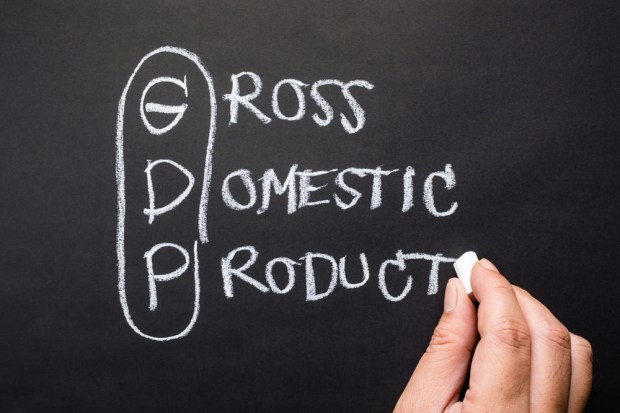GDP Shines Light At The End Of The Small Business Tunnel — Perhaps

There may be light at the end of the GDP tunnel, with a bit of good news that came through on Friday.
The U.S. economy had a first quarter slowdown that was not as bad as may have first appeared, with an expansion of 0.8 percent versus previous estimates of 0.5 percent.
In economics, of course, every basis point helps, and the revised estimates come in tandem with numbers that also might cheer investors: Corporate profits are on the rise quietly.
There is one caveat. The growth itself that was just revised for GDP is nothing to clap hands about, as the 0.8 percent annualized pace comes in below forecasts, but, as The Wall Street Journal noted, quoting Barclays economist Jesse Hurwitz: “First-quarter growth still looks disappointing, but the most recent data indicate that activity is bouncing back solidly in” the current period. There’s still some long ways to go before the 2 percent annualized pace is seen again.
The overall signs that economic activity is decent if not stellar speaks well to the creation of storefronts along main street, at least going forward.
The fact that corporate profits are rising also speaks to growth in income (via wages or stock portfolios), which in turn acts as a harbinger of purchasing activity from the almighty consumer. The after tax profits of U.S. firms came in at 1.9 percent growth, sequentially, from the fourth quarter to the first quarter. That’s the first positive blip after two consecutive quarters of negative returns to corporate bottom lines. Stabilizing oil prices may help bottom lines going forward. All of that augers well for small business development if trends continue.
To be sure, each company has its own story to tell and the economy is only a canvas painted with broad brushes. The Journal noted that Deere has been suffering from dwindling profits on the continued and lingering downturn in the construction and farming sectors. The chipmaker Nvidia, conversely, has been riding a wave of gaming demand for its chips.
One gauge to watch is nonresidential investment spending, or business spending in other words. It was in fact lower by mid-single digits, and that speaks to caution overall on the current state of demand for products.
Perhaps the most positive data point from the latest economic numbers came from consumer spending, which came in at 1.9 percent growth, and which hints, for example, at continued payments traction (as in cards, POS and mobile).
